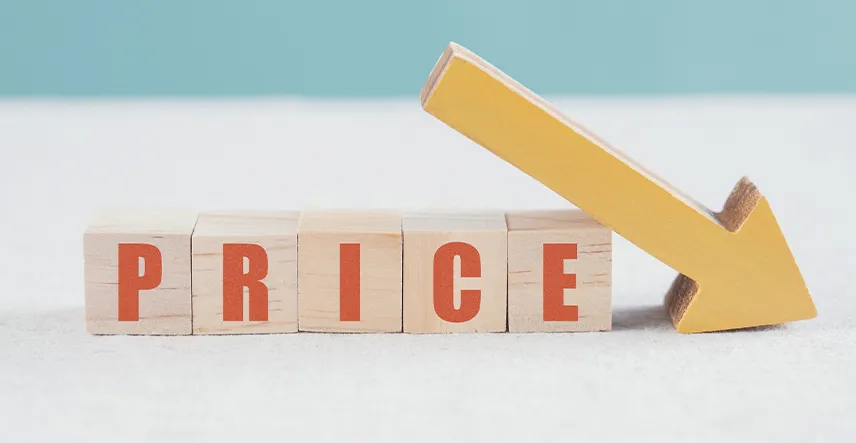
If you have recently started to explore the world of derivatives, you must already be aware that they are risky assets. As renowned investor Warren Buffet says—’Risk comes from not knowing what you’re doing’. A trader who thoroughly understands derivative instruments and related concepts can bag solid profits by trading derivatives. So in this article, we will help you understand the difference between two derivative terms-spot price and future price.
These terms are two fundamental facets of derivative trading that a trader must know before they start trading them, be it in the equity, commodity, or currency segments. These terms describe the value of the financial asset at different points in time. Take advantage of Share India’s futures trading services and enjoy your hassle-free trading journey.
Table of Contents
Comprehensive Guide to Spot Price
- The spot price is the current market price of a financial asset like a stock, commodity, or currency that is available to be bought or sold for immediate delivery.
- You could also consider it to be the price at which sellers and buyers value the asset.
- This value is determined by the demand and supply of the asset based on factors like the availability of its asset and the present economic conditions.
- It’s also worth noting that the spot price is used when dealing with derivative contracts like futures and forwards. Hence, you mustn’t confuse it with the futures prices, a term we will look at in the next section.
- The spot price of an asset is more or less homogenous in financial markets across the globe. For example, the price for one kilogram of copper in the Indian commodity market may cost you ₹1,000. At the same time, if you had to purchase it in the US commodity markets, it would cost you the same amount in Rupee terms, i.e., ₹1,000. If there is a disparity, it would be in decimals. Use Share India’s options price calculator to learn about the potential risks and rewards of options trading before you put your money on the line.
Understanding Future Price in the Context of Spot vs Future Price
To understand the futures price, it is essential that you understand the workings of futures contracts.
- A futures derivative contract is an agreement between a buyer and seller to transact the underlying asset on a future date at a predetermined price. This predetermined price is the futures price. So, one can define the futures price as the price at which the financial asset will be traded in the future, as per the futures contract.
- This price is decided based on the asset’s spot price and the market’s future expectations regarding the price of the asset. It can also be described as the market’s expectations of future supply and demand.
- Futures prices are determined by the futures market, where participants trade contracts that promise to buy or sell a commodity at a specific price on a future date.
Spot Price vs Future Price: Key Differences and Insights
Now that you understand the terms spot price and futures price, let’s understand why there is a difference between the spot price and the futures price.
- The primary reason for the difference between the spot price and the futures price of an asset has to do with the time of the payment—the spot price is the price for immediate transactions, while the futures price is the predetermined price for a future transaction through a futures contract.
- Due to the difference in the time period of the payment for the asset, generally, there always exists a difference in the asset’s spot price and futures price. There is always a difference in the asset’s spot price and futures price due to the difference in the time period of payment for the asset.
Contango
A contango is a scenario where the futures price of the asset is higher than its spot price. It may occur if the asset is expected to appreciate in value over time. For example, assume that the spot price of a commodity is ₹10,000 per kilo, and its futures price is ₹10,300 per kilo. This would be an example of a contango since the futures price exceeds the spot price.
Backwardation
A backwardation is a scenario where the futures price of the asset is trading below its spot price. This is observed when the market expects the asset to decrease in value over time. For example, let the spot price for a stock be ₹2,000, and its futures price be ₹1,900. This would be an example of backwardness as the futures price is below the spot price.
Remember that for both cases the spot price and the futures price are expected to converge over some time as the contract nears its expiration.
Final Thoughts on Spot Price vs Future Price
Understanding the difference between the spot price and the derivative price is crucial before you press the button and start trading in the derivative markets. To sum up, while both prices are used to describe the value of a financial instrument, they differ in terms of the time horizon and the underlying market dynamics. Evaluate both prices before making a trade in the futures market. Also, learn about intraday Vs Positional Trading with Share India to gain a comprehensive understanding of different trading strategies and how to choose the right one for your investment objectives.